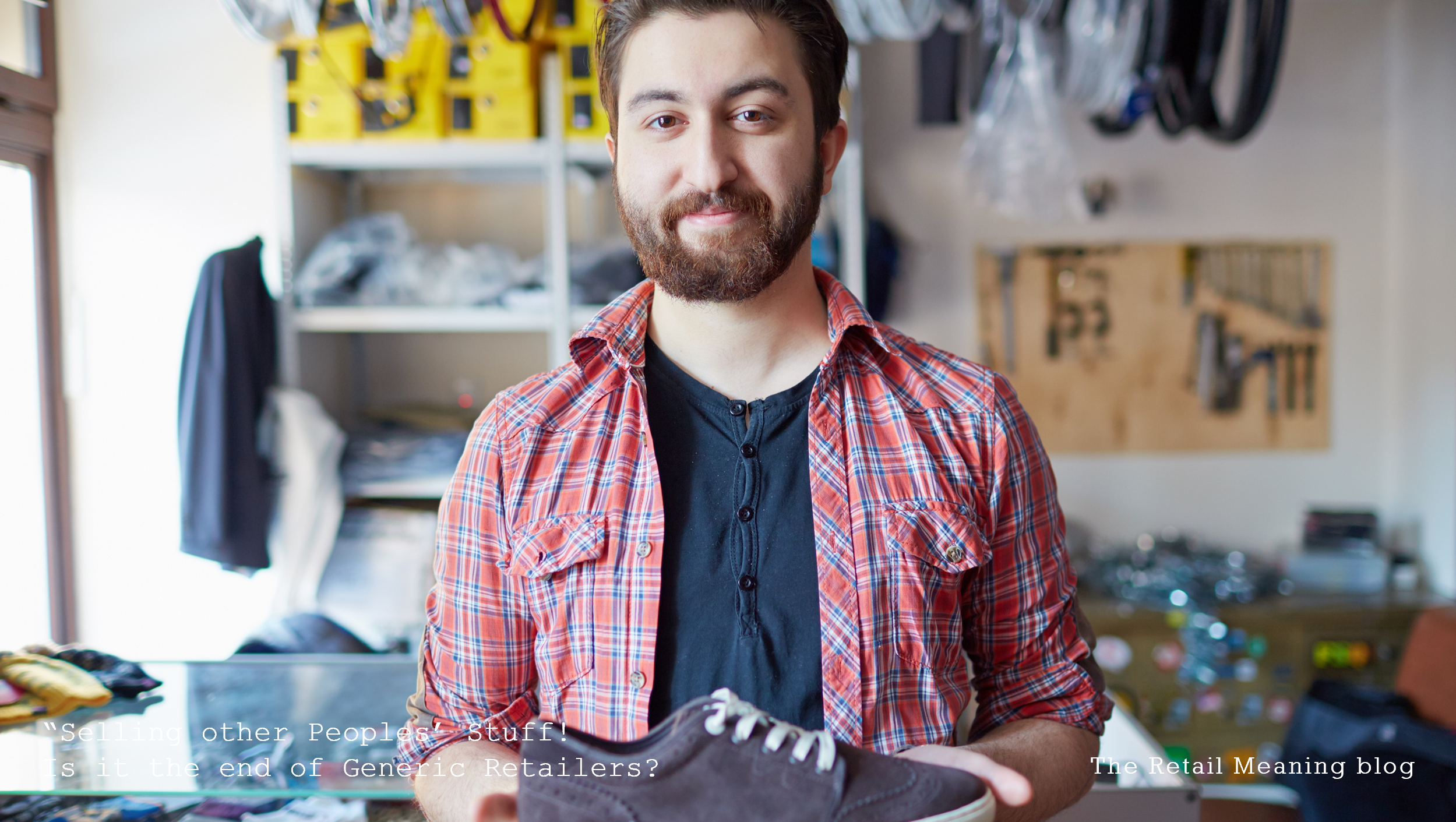So what are the common threads amongst many of the retailers suffering in the current market climate? They’re certainly well publicized.
Of course there are the issues with over-sized expensive store portfolios, a slowness to embrace omnichannel, a lack of consumer confidence and a dearth of disposable income…but certainly at the epicenter of the evolving shopping behavior storm is the “good old” retailer of generic product and brands.
The reason is the crumbling of one of the foundations on which the retail industry was largely built. Selling products you can buy elsewhere is no longer viable for the vast majority of retailers that continue to do so.
And it’s a double “whammy” of a problem.
On the one hand if you rely on a commodity product widely available elsewhere both online & offline then you are at the mercy of price competition. Even before Amazon, there was only one winner in the lowest price stakes and invariably it was someone else.
The competitive advantage of local convenience no longer exists for the majority of customers in the world of e-commerce, where convenience is receiving or at least collecting rather than buying and where service culture has shifted to rapid delivery and free returns.
The other shift in consumer preferences that threatens to undermine the generic retailer is a growing appetite for something different. After decades of pilgrimage to chains and multiples the customer is now seeking different and unusual products and experiences. Times change quickly, so that chains which are actually selling unique products struggle with their own distinct sameness and familiarity (if that’s not a complete contradiction), and that leaves generic retailers at the bottom of the retail heap in terms of differentiation.
Of course there are exceptions. However these experts in survival leverage hugely, and very skillfully, the customer experience, the store atmosphere and customer service. An attractive combination with at least competitive pricing can create differentiation enough through the living brand, rather than the product assortment, so that customer traffic still flourishes and sales are healthy.
The way ahead is what has driven success for a while. Unique brands where a distinct and engaging culture expressed through ranges, communication, stores and services continually excites and surprises its customers. Where everything is unique and different.
And so we come full circle to people with a passion, an activity and an idea who become retailers “by accident,” entering an industry to inspire and capitalise from like-minded customers sharing the passion and willing to pay to be part of it.
Retail has no doubt an exciting future for many, including the customer, but it may well be the end of people entering the retail industry because they simply want to continue the tradition of selling “other peoples’ stuff!”
